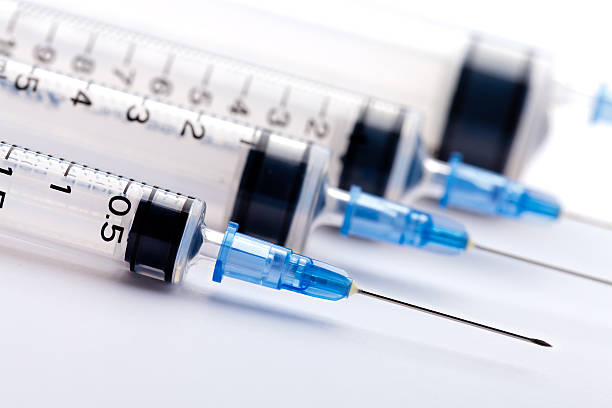Categories
Latest blog

Ahypodermic needleis a thin, hollow medical needle used to inject medication, withdraw blood, or deliver fluids directly into the body. This guide explains the definition, commonhypodermic needle sizes, typical medical uses, and how to choose the right needle for different clinical scenarios.
Ahypodermic needleconsists of a hollow metal shaft with a sharp-beveled tip and a hub that attaches to a syringe. It’s designed to pierce skin safely and allow the rapid transfer of liquids between syringe and body. Hypodermic needles are manufactured sterile for single-use in most clinical settings to prevent infection.
Needles are sized bygauge (G)andlength. Gauge refers to the needle bore: thehigher the gauge, the smaller the diameter.
18 gauge (18G)— large bore for rapid IV infusion and blood donation.
20–22G— standard for many injections and routine blood draws.
23–25G— common for intramuscular and subcutaneous injections.
27–30G (smallest gauge)— ultra-fine needles used for insulin and pediatric injections.
(We cover gauge selection in detail in our next post:Hypodermic Needle Sizes Explained: From 18G to the Smallest Gauge.)
Hypodermic needle for injection— vaccine and medication delivery (IM, SC, IV).
Hypodermic needle for blood draw— phlebotomy and diagnostic sampling.
Large gauge needles (e.g., 18G)— blood donation, large-volume infusion.
Smallest gauge needles (e.g., 30G)— insulin, allergy testing, pediatric injections.
Use sterile, single-use hypodermic needles whenever possible to avoid infection and needlestick risks. Hospitals typically sourcesterile hypodermic needlespackaged in individual blister packs and EO sterilized.
Match gauge to application(larger gauge for thicker fluids; finer gauge for patient comfort).
Choose length by injection route(shorter for subcutaneous, longer for intramuscular).
Check hub compatibility— Luer Slip vs Luer Lock with your syringes.
Verify sterility and certification(CE, ISO 13485 where applicable).
Definition: Thin hollow needle for injections/withdrawal.
Common sizes: 18G–30G.
Smallest gauge: ~30G (least painful).
Main uses: injections, blood draws, IV infusions.
Understanding thedefinitionand correcthypodermic needle sizeshelps clinicians and procurement teams select safe, effective supplies. For hospital-grade sterile needles in 18G–30G, view theTICARE® Hypodermic Needle Sizes 18G to 30Gproduct page.
Q: What is a hypodermic needle used for?
A: Injecting medications, withdrawing blood, and delivering fluids via IV, IM or SC routes.
Q: What is the smallest hypodermic needle gauge?
A: Needles up to30Gare among the smallest commonly used; higher gauges mean smaller diameter.
Q: Are hypodermic needles reusable?
A: No — clinical best practice is single-use, sterile needles to prevent infection.